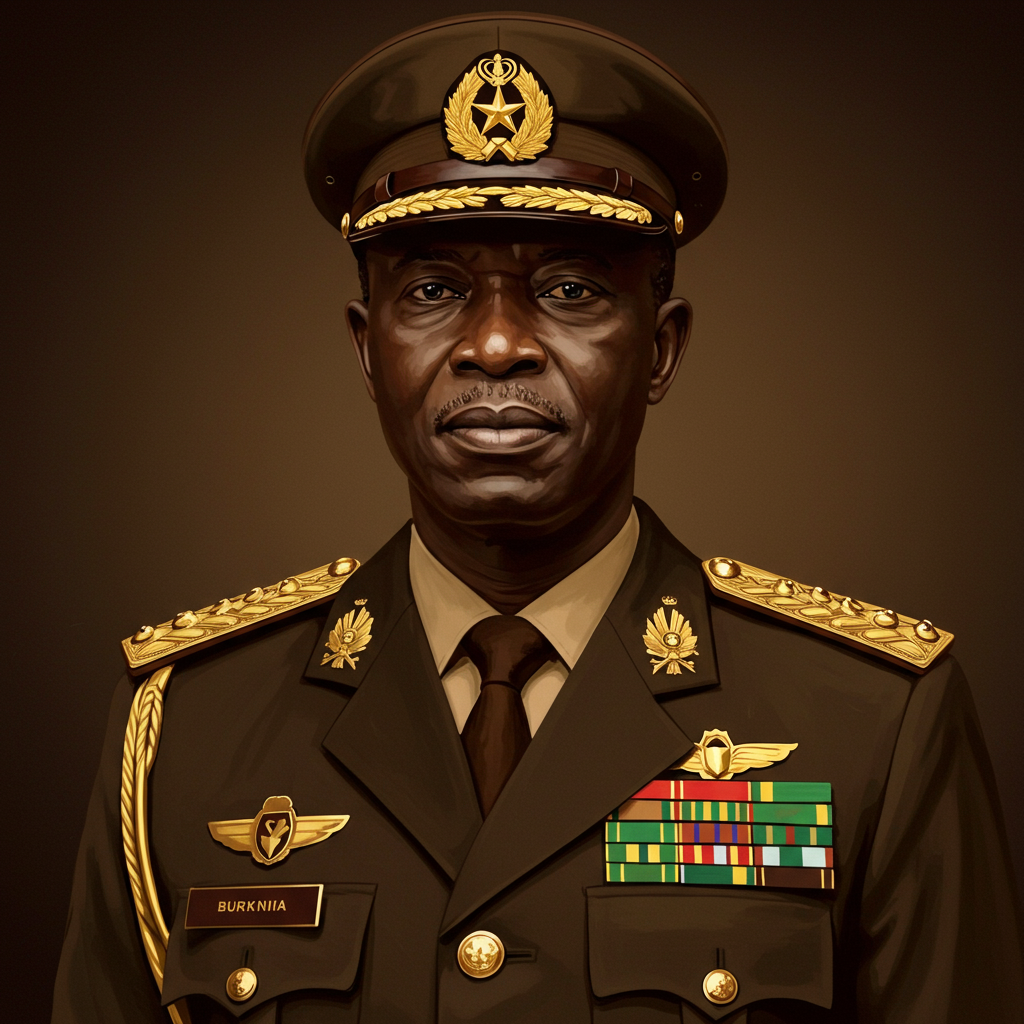In a poignant scene following the devastating Air India Flight AI-171 crash, the sole survivor, Vishwashkumar Ramesh, was seen shouldering the coffin of his brother, Ajay, who perished in the same tragedy. The heartbreaking image underscores the profound personal loss intertwined with the large-scale disaster that claimed over 270 lives last week.
Vishwashkumar Ramesh, a 40-year-old British businessman from Leicester, was the only person out of 242 onboard the Boeing 787-8 Dreamliner to survive. The flight, bound for London Gatwick from Ahmedabad, India, crashed into a medical college building just seconds after taking off on Thursday. His brother, Ajay Ramesh, 35, was also a passenger but did not survive.
A Sole Survivor’s Grief
Days after his miraculous escape, Vishwashkumar attended his brother’s funeral and cremation in Diu, western India. Despite still recovering from injuries sustained in the crash, including cuts and burns on his face and arm, he served as a pallbearer, helping to carry Ajay’s coffin to the crematorium. Visibly distraught and with bandages still covering his injuries, he walked alongside his mother and other mourners during the solemn procession through the town, which itself lost 14 residents in the crash.
Ramesh had spent most of the preceding days in hospital receiving treatment for his injuries. He was visited there by India’s Prime Minister Narendra Modi.
Miraculous Escape and Desperate Search
How Vishwashkumar Ramesh survived the seemingly unsurvivable crash has baffled aviation experts. He was seated in seat 11A, a window seat next to an emergency exit at the front of the economy cabin. He later recounted the terrifying moments, describing a “loud noise” about thirty seconds after takeoff, feeling like the plane was ‘stuck’, and then the rapid, full-speed descent.
Upon regaining consciousness amidst the wreckage, surrounded by devastation, Ramesh experienced fear. He managed to escape the burning fuselage through an opening near his seat, later confirmed to be the emergency exit.
Remarkably, new video footage emerged showing Ramesh attempting to walk back towards the blazing crash site shortly after escaping. According to Satinder Singh Sandhu, an ambulance driver supervisor who was among the first responders, Ramesh seemed disoriented. “He had no idea what he was doing,” Sandhu told the BBC. Sandhu, who initially did not know he was assisting the lone survivor, guided Ramesh away from the inferno and towards an ambulance.
It was during this time, desperate to find his brother, that Ramesh tried repeatedly to return to the wreckage. He told responders that his “relative” was trapped inside, later confirming to local media that he was searching for Ajay. His family in the UK later shared that in the immediate aftermath, his primary concern was his brother, repeatedly asking, “Where’s Ajay?”
Expert Theories on Survival
Aviation experts weighing in on Ramesh’s “miracle” survival point to several potential factors:
Seat Location: Being in seat 11A, adjacent to an emergency exit, was likely crucial. This seat, often the first row of economy behind business class, may have offered extra legroom and quicker access to an escape route if the structure failed there.
Emergency Exit: The proximity to the exit door, and the possibility that the force of the crash may have loosened it, could have allowed him to escape swiftly.
- Aircraft Structure: Experts speculate that being located in a stronger part of the aircraft, perhaps near the wing structure, or the angle at which the jet came to rest (“pretty nose up”), might have fortuitously created a survivable pocket or an opening for escape.
- www.bbc.com
- www.the-sun.com
- uk.news.yahoo.com
- www.livemint.com
- www.bbc.com
Investigation Underway
While the human toll of the tragedy unfolds, investigators are working tirelessly to determine the cause of the crash. Recovery teams have retrieved the aircraft’s “black boxes” – the cockpit voice recorder and flight data recorder. These devices are critical to understanding the final moments of the flight, capturing everything from pilot communications and cockpit sounds to engine performance, flight control inputs, and aircraft configuration.
Experts are considering various possibilities, including dual engine failure, issues with flaps or slats, maintenance errors, crew actions, or problems with the highly automated flight management system. The investigation is complex, involving teams from India, Boeing, GE (the engine manufacturer), and international bodies like the NTSB and UK representatives. The aim is to not only understand what happened but also whether it was a unique event or a potential systemic issue relevant to the global Boeing 787 fleet.
Meanwhile, the focus remains on the victims and their families, highlighted by the profound personal story of the sole survivor paying his last respects to the brother he shared the fatal flight with. The crash also tragically impacted those on the ground, including residents of the medical college hostel and others nearby, such as a security guard and the son of a tea stall owner, adding another layer of sorrow to the devastating event.



